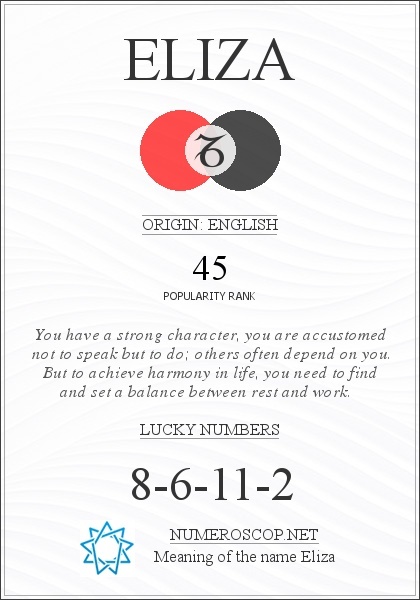

“Maternity and the Re-forming of the Radical Family.” The Family, Marriage, and Radicalism in British Women’s Novels of the 1790s. Picturesque Interiority in Fenwick’s Secresy and the Novel of Information, Literature Compass 7/8 (2010):659-73. “Hygienic Motherhood: Domestic Medicine and Eliza Fenwick’s Secresy.” Eighteenth-Century Fiction 20.4 (2008): 535-561 “Eliza Fenwick (1766-1840): Feminist Slave Owner in Barbados.” The Human Tradition in the Atlantic World, 1500-1850.

The best is Grundy’s introduction to the Broadview after that, here are a few:īlouet, Olwyn M.

Fenwick was a close friend of Mary Wollstonecraft, with her and Mary Hays when Wollstonecraft gave birth to Mary Shelley and as she died a lot of what happens to at least two of the heroines, Sibella, and Janetta, seem to mirror events in Mary Wollstonecraft’s life some of its themes exposing the destructive results on women of education and dependence, which rob them of all agency, and if they manage to gain any real knowledge of the world or people, prevent them from acting upon this knowledge, cohere with Wollstonecraft’s ideas.Īlthough a number of essays are cited on the Net about her or her book, these are available only if you are connected to an institution which subscribes to the particular academic journal. Written in a lively vivid style, with an attempt at different voices for a cast of characters writing to one another. Over the past month or so a very few of us on Women Writers though the Ages on Yahoo have been reading and discussing a remarkable very late 18th century epistolary novel: Eliza Fenwick’s Secresy, or The Ruin on the Rock is tragic, it questions central gender and some class assumptions of the era, it critiques colonialism. Broadview edition: Eliza Fenwick, Secresy, ed., introd.


 0 kommentar(er)
0 kommentar(er)
